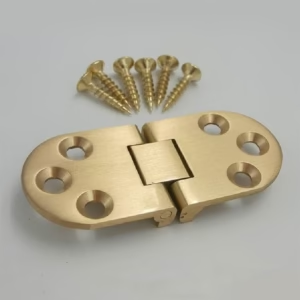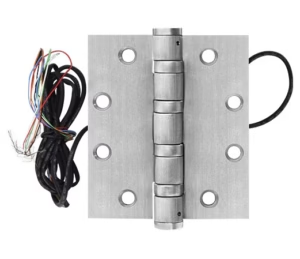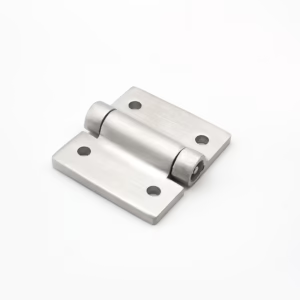Wrong hinge placement can make your door not work right and can even cause damage. Your door might not line up correctly causing you problems opening and closing it. Proper butt hinge installation makes your door work right and last.
The hinge leaf with the most screws is typically attached to the door jamb, while the other leaf is installed on the door. Proper positioning ensures functionality and balance.
You need to know this whether you’re a do-it-yourselfer or a professional.
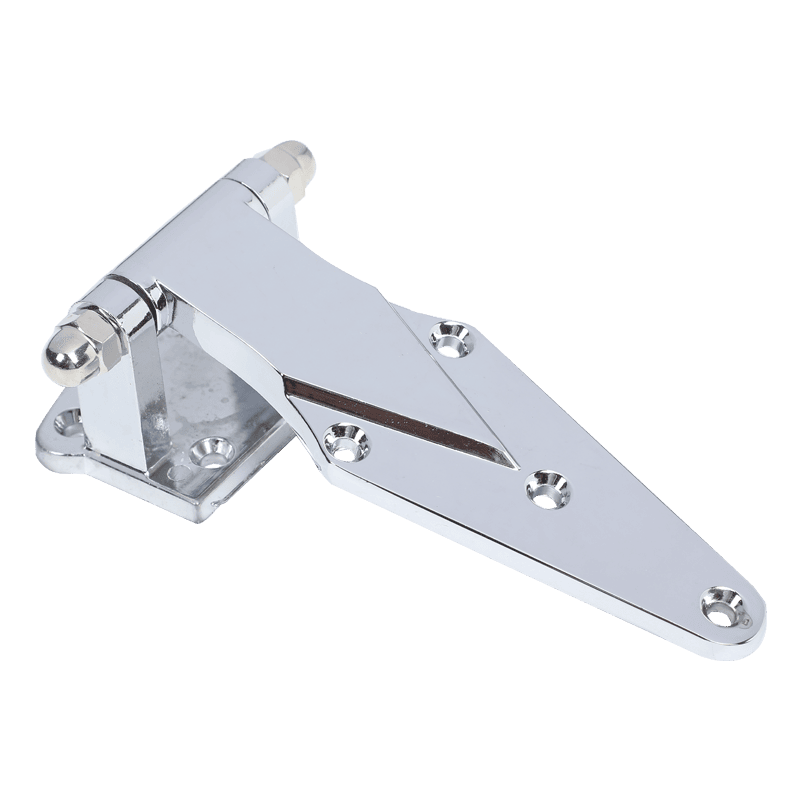
Which Side of the Hinge Should Go on the Door?
The hinge has two leaves. One goes on the door; the other goes on the door frame or jamb. The one with the most holes goes on the door frame. This makes the door work right and puts less stress on the screws.
Also, the hinge pin, which holds the two leaves together, should face out when the door is closed. This way the hinge holds the door better and makes sure the door swings without any problems.
How to Determine the Correct Hinge Placement?
To ensure proper installation, place the thicker leaf (often with more screw holes) on the door frame and the other on the door. The pin should be positioned outward, and the leaves should align flush when closed. This orientation prevents issues like door misalignment and uneven pressure on the screws.
Make sure the hinge is aligned properly with the door’s edge, so the door can move smoothly. A well-positioned hinge will support the door’s weight without causing sagging over time, especially in heavier doors.
2-Hinge vs. 3-Hinge Position on Doors
For lighter doors, two hinges—one at the top and one at the bottom—are often sufficient. This setup helps distribute the door’s weight and allows for proper balance. However, heavier or taller doors, such as those used for exterior entrances, may require a third hinge placed in the center.
A third hinge helps to prevent the door from sagging under its own weight over time. It also ensures that the door operates smoothly without putting too much stress on the top and bottom hinges.
What About Cabinet Door Hinges?
In cabinetry, hinges are usually smaller but follow a similar principle. The flush hinge’s smaller leaf typically goes on the door, while the larger leaf is attached to the cabinet frame. Proper hinge alignment is crucial for ensuring cabinet doors open evenly and do not sag or become misaligned after repeated use.
Cabinet doors require precise installation, as they are often opened and closed frequently. Improper hinge placement can result in doors that don’t close properly or sit unevenly on the cabinet frame.
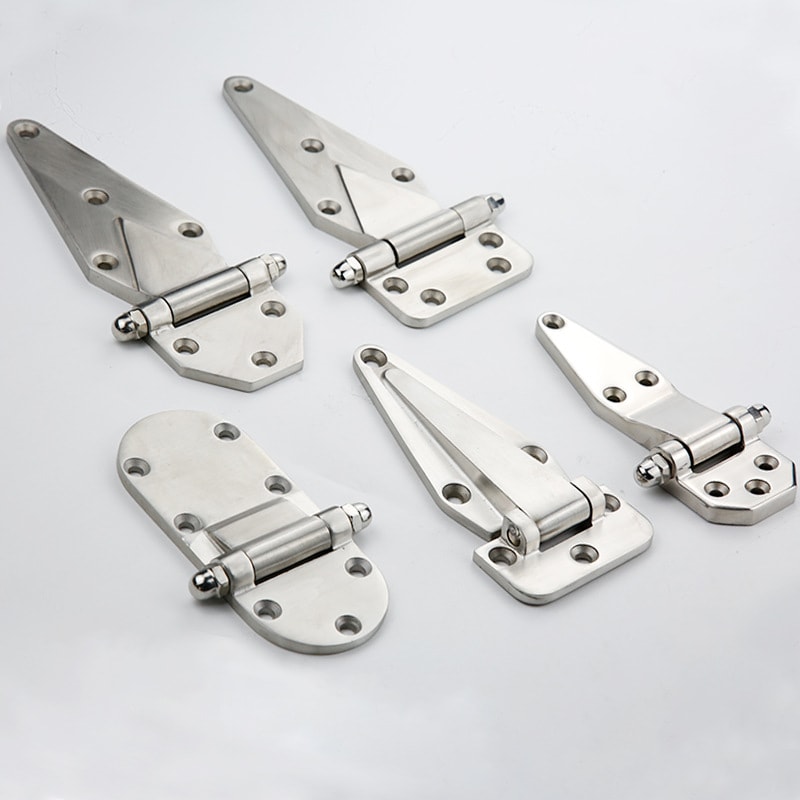
Do Hinges Go on the Inside or Outside of the Door?
Typically, door hinges are installed on the inside to prevent tampering. For internal doors, this is the standard practice. The inside installation also protects the hinge from external weather conditions, reducing the chances of rust or wear over time.
However, for external gates or security doors, hinges may be installed on the outside. In such cases, tamper-proof or heavy-duty hinges are recommended to prevent unauthorized removal of the door.
Installing Door Hinges Without a Router
While using a router makes installation easier by allowing for precise mortising, door hinges can be installed without one. To do this, mark the position of the hinge on both the door and the jamb. Use a chisel to create a shallow recess for the hinge leaf to sit flush with the surface.
Once the mortise is ready, drill pilot holes for the screws, ensuring they are correctly aligned. Finally, screw the hinge into place, checking that the door opens and closes smoothly.
Does Hinge Orientation Matter for Different Door Types?
For most standard doors, the hinge pin should face outward, allowing the door to swing freely and without obstruction. However, in some specialized cases, such as cabinets or gates, hinge orientation may vary depending on the design and functionality required.
Always check how the door or gate will function in its installed position to ensure the hinge is oriented in a way that supports proper movement and balance.
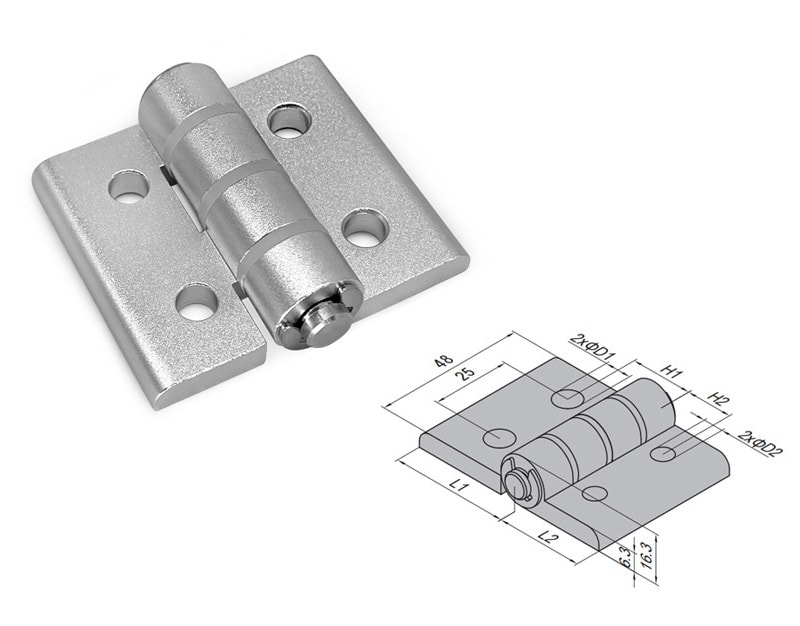
What’s the Rule of Thumb for Hinge Placement?
A common rule of thumb is to place the top hinge 5-10 inches from the top of the door, and the bottom hinge 5-10 inches from the bottom. If a third hinge is required, it should be placed at the midpoint between the top and bottom hinges.
This placement ensures the door’s weight is evenly distributed, preventing sagging and ensuring long-term functionality.
How Do You Install Hinges on a Gate?
On gates, hinges are usually installed on the side that allows the gate to swing outward or inward, depending on the design. The sturdier hinge leaf is typically mounted on the gatepost, while the smaller leaf attaches to the gate itself.
Make sure the gate is level before attaching the hinges, as uneven installation can lead to binding or difficulty in opening the gate.
Summary
Proper hinge placement ensures your doors and cabinets operate smoothly and securely for years to come.

